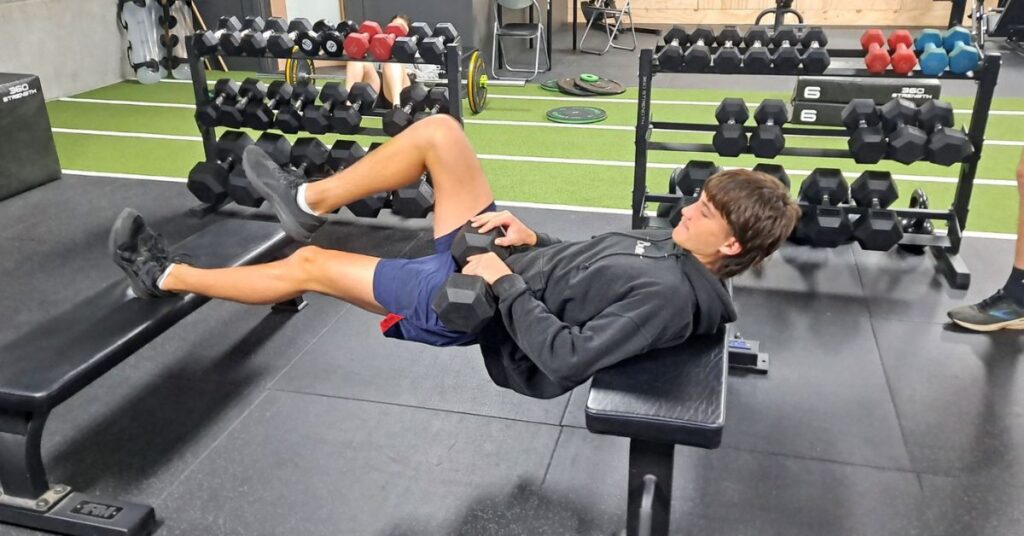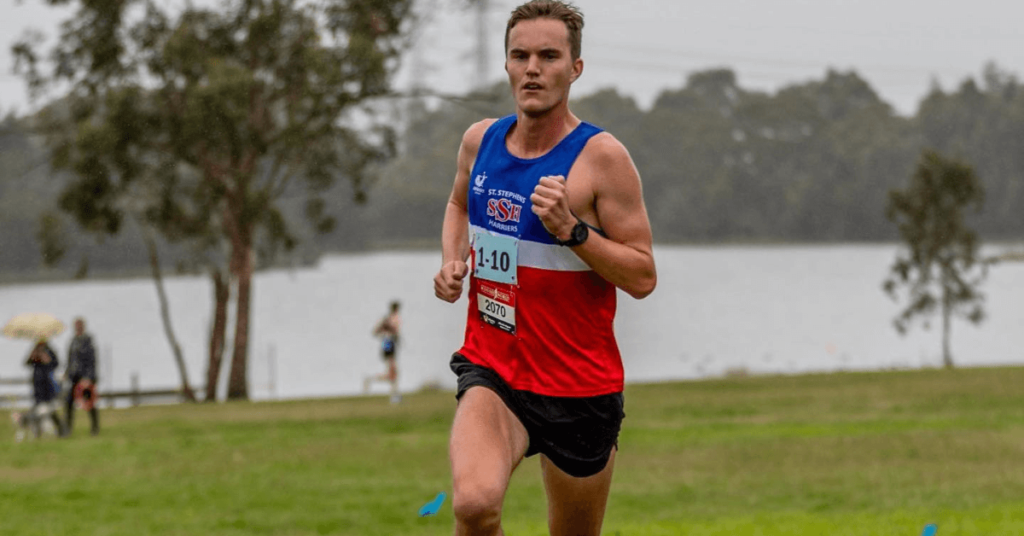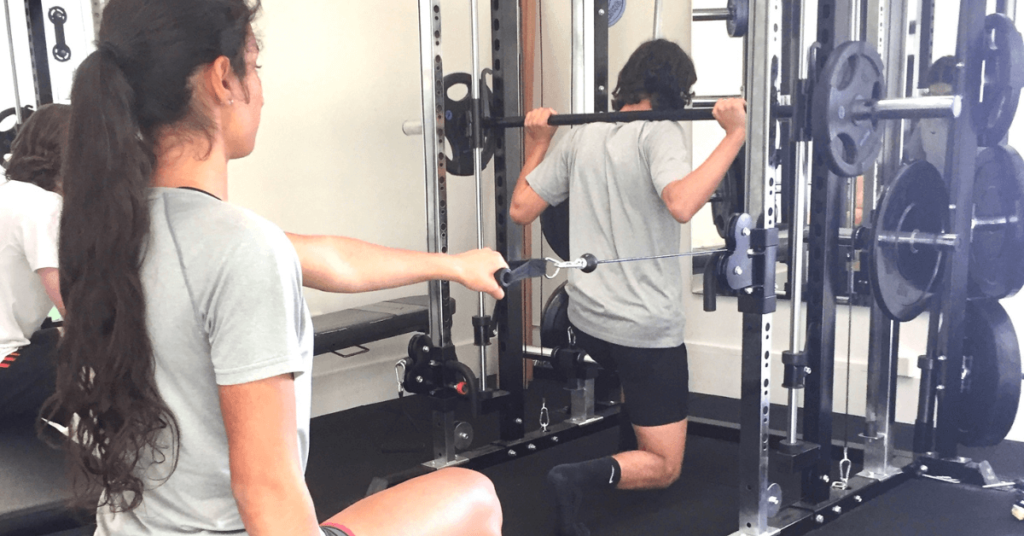How to Prevent and Treat Muscle Cramps During Exercise
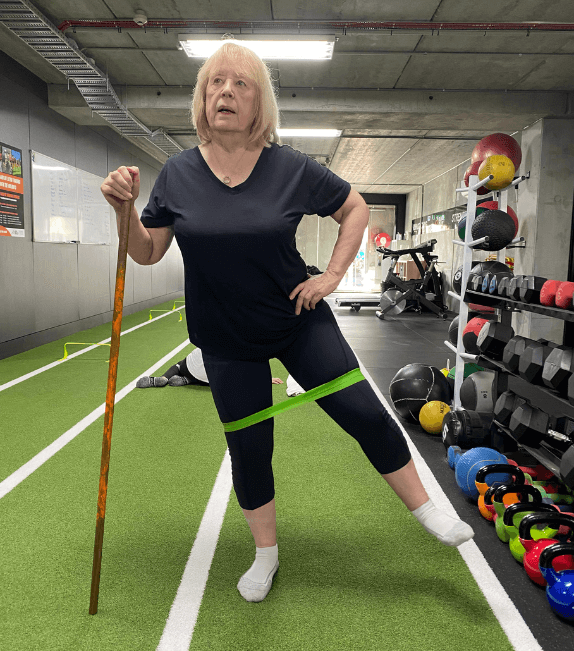
As someone who has navigated the highs and lows of fitness as both an enthusiast and a certified personal trainer, I’ve come face-to-face with the frustrating reality of muscle cramps disrupting an otherwise invigorating workout.
Muscle cramps, your number one enemy when exercising, can stop you from finishing a good workout. Everyone experiences muscle cramping, even seasoned strength trainers like myself have found themselves locked in battle with these unexpected adversaries. It’s a complete buzzkill for anyone. In this article, we’ll discover how you can prevent muscle cramps and how to cope when they happen.
What is a muscle cramp?
Picture this: you’re in the zone, pushing your limits, when suddenly, a wave of excruciating pain grips your muscles, bringing your workout to an abrupt halt. According to the Better Health Channel, “A muscle cramp is an uncontrollable and painful spasm of a muscle.” Muscle cramps come unexpectedly and can affect any muscle. It is sometimes referred to as a “Charley Horse” and can be excruciatingly painful when it hits you. Muscle cramps are not considered dangerous or harmful, but they can interrupt your workout or training routine and leave you in lots of pain.
What causes muscle cramps?
In my years of traversing the fitness landscape, I’ve encountered a myriad of clients grappling with muscle cramps, each with their own unique set of triggers. From the insidious effects of dehydration to the sedentary lifestyles that invite muscle cramps with open arms, the list of potential culprits is as diverse as it is daunting.
We know you’ve experienced a muscle cramp at least once. Whether you’re experiencing it during your sleep or a workout, they are all painful. What causes a muscle cramp? Different things can cause muscle cramps. Let’s find out the reasons why muscle cramps happen.
- Dehydration
- Inactivity
- Aging
- Pregnancy
- Diabetes
- Electrolyte imbalance
- Introduction of new movements or exercises
How long does a muscle cramp last?
All muscle cramps aren’t the same. They have different intensities, ranging from slight twitching to paralysing pain. Muscles that are cramping turn hard to the touch and can look like it’s twisted under your skin. Having witnessed firsthand the kaleidoscope of pain that accompanies muscle cramps among my clients, I can attest to the urgency of addressing these issues head-on. Cramps can last from a few seconds to several minutes or even longer. The pain can come in waves or can feel like a continuous pain, their impact can reverberate long after the cramp subsides.
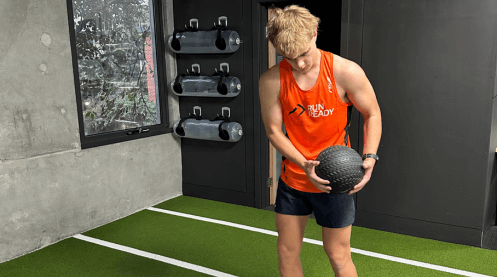
Why do we get cramps at night?
I’m sure you’ve experienced annoying and painful night cramps that wake you up in the middle of your sleep. Night leg cramps, those stealthy assailants of slumber, are a phenomenon I’ve experienced firsthand and empathise deeply with.
Have you ever wondered why we get cramps at night? According to experts, night leg cramps are caused by overly tired muscles and nerve-related issues and can increase in frequency as you age. Those at risk of having more night leg cramps include pregnant women and people with nerve damage, kidney failure, and blood flow problems. At the end of the day, whether they are nocturnal cramps or cramps that happen while you train, they are still muscle cramps, just with a different name!
How can we prevent muscle cramps?
Muscle cramps are literally a pain to deal with. They strike when you’re unprepared and can keep you immobilised for a few minutes. The best way to avoid muscle cramps is to prevent them from happening.
Drawing from my journey and the collective wisdom amassed from years in the fitness trenches, I’ve curated a comprehensive arsenal of strategies to fend off muscle cramps. Let’s find out the best ways to prevent muscle cramps and how to treat them when they happen.
Increase physical activity
Inactivity is one of the primary causes of muscle cramps. The more you move, where every step is a step closer to warding off muscle cramps, the less likely you’ll get it.
Stretch before and after workouts
Engaging in dynamic stretching exercises before and after workouts allows your muscles to warm up in order to prepare you for strenuous physical activity.
Don’t forget to hydrate
Dehydration can cause muscle cramps. This is the primary reason we should remember to quench your body’s thirst for hydration. Each person needs around 2 litres of water per day, or approximately 8 cups. You can also decrease your alcohol and caffeine intake if you want to keep your hydration levels at normal levels.
Eat a balanced diet
Because muscle cramps can also occur because of the lack of electrolytes in your body, nourish your body with a symphony of nutrients. Focus on consuming foods that are rich in potassium, such as bananas and avocados.
How can we treat muscle cramps?
Muscle cramps are common. They can happen to anyone unexpectedly. Now that we know how to prevent muscle cramps let’s find out how to treat them when muscle cramps happen to you. Having stood by countless clients in their battles against muscle cramps, I’ve borne witness to the triumph of various treatment methods.
Let’s take it from our resident sports physio, Richie Lynch, to give us helpful tips to overcome a muscle cramp.
- As painful as it may be, one of the best ways to deal with a muscle cramp is through stretching.
Gentle stretches coax the muscles into relaxation and banish the cramp to the depths from whence it came. - Massage the muscle. There is a healing power of touch with a therapeutic massage that melts away tension and restores harmony to your muscles.
- Apply heat and cold compress. These can soothe inflamed muscles.
- Drink lots of water, restoring balance and banishing cramps.
- Drink medication When all else fails, arm yourself with the temporary relief of over-the-counter painkillers. a stop-gap measure to ease the pain until more lasting solutions can be found.
Armed with the wisdom gleaned from personal experiences and the battlefield-tested strategies shared within these pages, you can navigate the treacherous terrain of muscle cramps with confidence. By prioritising hydration, nutrition, and targeted exercises, you can fortify your defences against these insidious adversaries, emerging victorious in your quest for fitness supremacy.
Muscle cramps can be a pain. Preventing them is key if you don’t want to go through the excruciating pain. One of the recommended preventive measures includes eating a balanced diet with foods rich in potassium, calcium, magnesium, and sodium.
If you’re doing sports or a type of exercise that makes you sweat a lot or requires you to work out outdoors, a sports drink or electrolyte drink can help in preventing muscle cramps from happening.
Generally, muscle cramps do not require any medical treatment, except for pain killers if the pain is too much to handle. If the pain doesn’t subside with pain killers and last longer than a few minutes on a regular basis, it’s time to seek help from your health provider.


